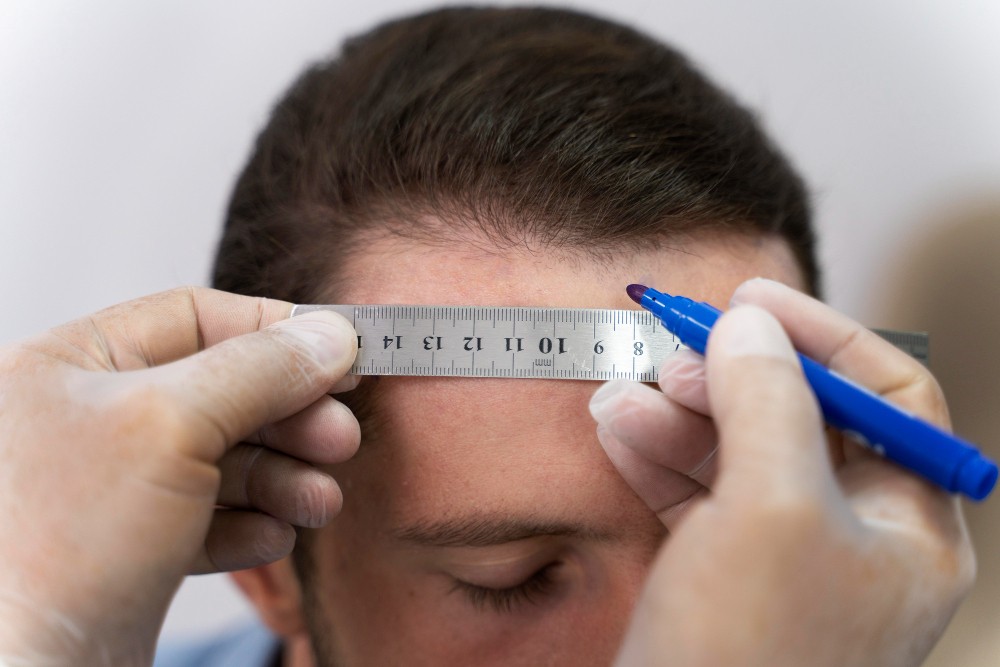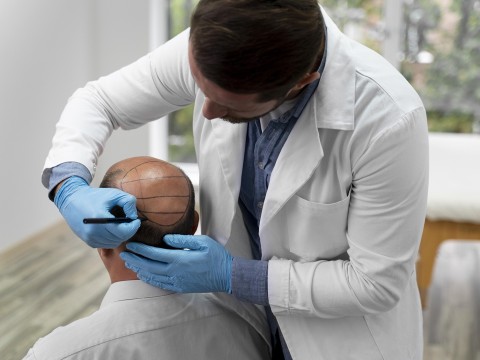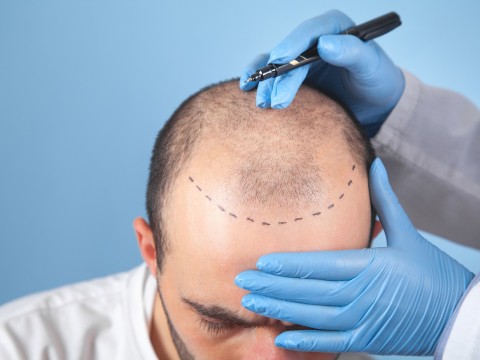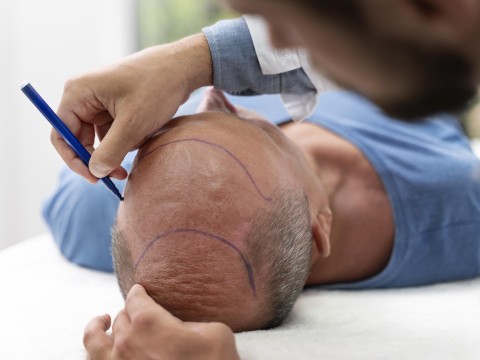Quote of SE Hair Clinic Seda Erdogan
DHI stands for "Direct Hair Implantation," which means "Direct Hair Transplantation" in Turkish. In this method, hair follicles are individually extracted and implanted directly into the area where transplantation will be performed. Unlike traditional hair transplantation techniques, in the DHI method, no channels are pre-made, so it provides a more natural and dense result. DHI is a popular treatment option for hair loss or thinning problems, and it can also be applied to other areas such as beard transplantation. This method is often preferred for its faster healing process and minimal scarring.
- Health Insurance
-
Accommodation
- Online Healthy Life Assistant 9/5
- Post - Experience Follow Up 6 Month
-
Extra Privileges
- Transfer

- Health Insurance
-
Accommodation
- Online Healthy Life Assistant 24/7
- Post - Experience Follow Up 1 Year
- Pre-Treatment Doctor Consultation
-
Extra Privileges
- Transfer

 Private
Private
- Health Insurance
- Healthy Life Butler
- Post - Experience Follow Up 2 Year
- World-Famous Doctor Consultation
-
Extra Privileges
* Price varies depending on extra and upgrade selections.
DHI, or Direct Hair Implantation, is a modern technique for hair transplantation. In this method, hair follicles are taken from a donor area and directly placed in the area where hair loss or baldness is experienced. What makes DHI unique is that it skips the step of creating pre-made incisions.
DHI is suitable for people dealing with hair loss or baldness. The best candidates have a stable donor area with enough hair follicles. An examination by a qualified hair transplant specialist is done to determine if someone is eligible for the procedure.
DHI stands out from traditional methods because it doesn't require pre-made incisions. Instead, a special pen-like device called a Choi pen is used to directly implant hair follicles, providing more precision and a natural-looking outcome.
The duration of a DHI procedure depends on how much hair needs to be transplanted. On average, it takes 4 to 8 hours. The careful process ensures each hair follicle is placed precisely for the best results.
Most patients can get back to their usual activities within a few days. Initially, the implanted hair follicles may fall out, but new hair growth begins within a few weeks. Full recovery might take a few months.
It may take up to a year to see the complete growth and thickness of the transplanted hair. The growth varies among individuals. In the first month, some of the transplanted hair may fall out, which is normal. You can expect about 60-70 percent of your hair after 6 months, and the best final result is usually seen around 10 to 12 months after the surgery. The critical period to care for the grafts is within the first seven days or two weeks after the surgery.
- Precise and Natural Results: DHI provides accurate and natural-looking outcomes for hair transplant. - Minimal Scarring: Since DHI doesn't involve incisions, scarring is minimized. - Faster Healing: Healing is quicker compared to traditional methods. - Reduced Discomfort: Postoperative discomfort is lessened. - No Need for Shaving: There's no requirement to shave the donor area. - Versatility for Hair Types: Suitable for various hair types and textures.
Yes, both men and women experiencing hair loss can undergo DHI.
The transplanted hair follicles are permanent, but individual factors and postoperative care influence how long the results last.
Yes, DHI is suitable for diverse hair types, including Afro-textured hair, thanks to its precise implantation technique.
After the initial healing period, wearing a loose-fitting hat is generally allowed, following specific care instructions.
A stay of 3 to 5 days is recommended.
Both DHI and FUE involve extracting grafts individually, but the key difference is in the transplantation step. DHI eliminates the need for opening channels, making it less invasive. The ready-to-transplant grafts are directly implanted using a special device called the DHI pen or Choi pen.
DHI procedures are done under local anesthesia, reducing pain and discomfort during the surgery. After the procedure, there might be some minor discomfort, but this can be managed with medications prescribed by the doctor.
DHI can effectively camouflage or repair scars from previous hair transplants, including older methods, providing a more natural appearance due to its precision.





